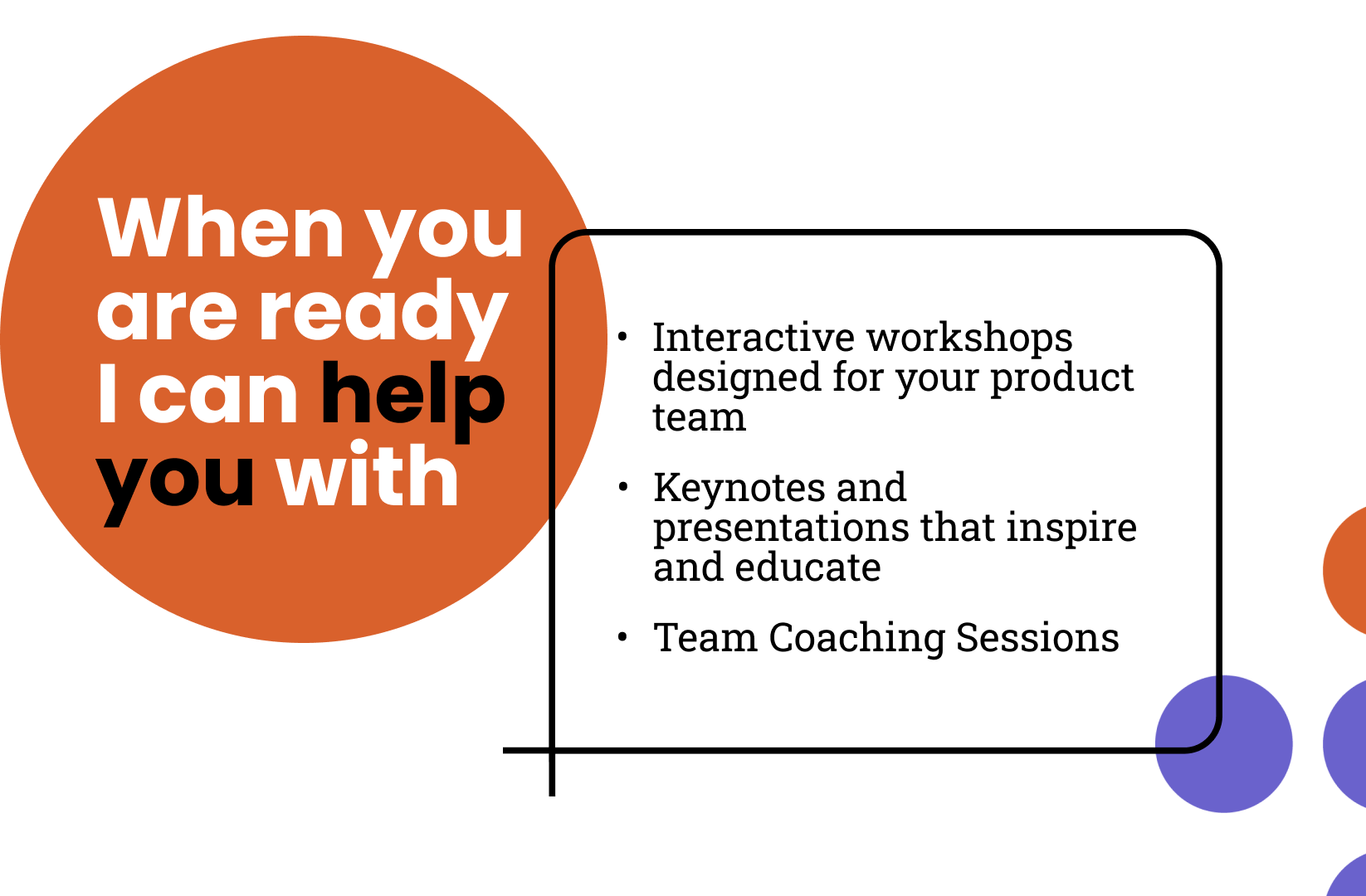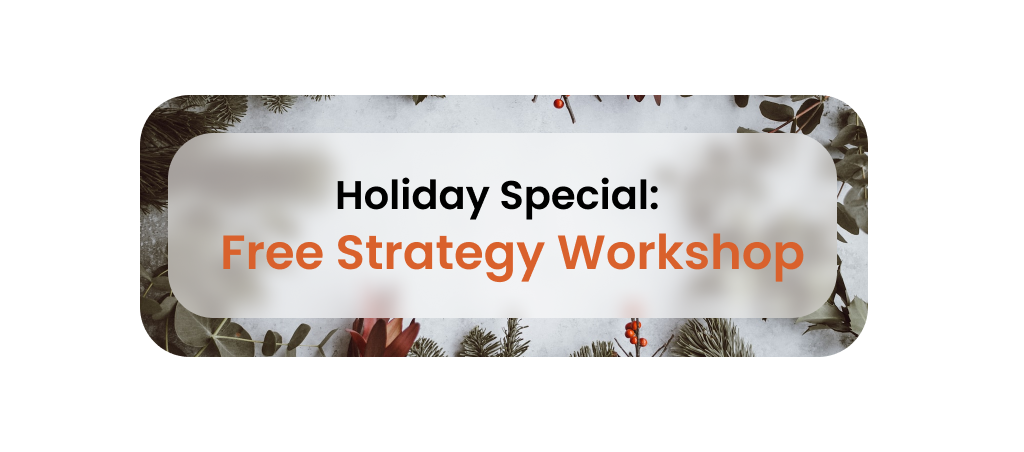Hey product folks!
This week, I want to share a lineup of books that helped me a lot in my own battles with the second of the Five Deadly Sins of Strategy: Ambiguity.
Let’s do a quick recap
We've been on quite a journey exploring ambiguity in product strategy. Over the past few newsletters, we've learned how to define this sin, explored misguided solutions, and armed ourselves with the 5W approach (Who, What, When, Where, Why).
We’ve seen how our friend Larry at BobCo overcame ambiguity, transforming his team’s scattered efforts into a cohesive strategy. We’ve also learned that clear communication is the antidote to the poison of ambiguity.
We've discovered that connecting each step to the bigger picture not only keeps teams aligned but also fosters their enthusiasm. In short, we've learned that banishing ambiguity isn't just about clarity - it's about turning your strategy into a living, breathing guide that evolves with your team and your market.

Let's take our strategy game to the next level with some mind-blowing reads that'll help you banish ambiguity.
First up, we've got "Good Strategy Bad Strategy" by Richard Rumelt.
This book aligns closely with the "What" and "Why" of the 5W approach. It helps readers clearly define what their strategy is and why it's important, addressing the core of ambiguity in strategic planning.
It sharpened my ability to distinguish between effective and vague strategies, enabling me to quickly identify when our plans lacked clear objectives or measurable outcomes.
The book's emphasis on focusing on core organizational challenges helped me craft more coherent and focused strategies, significantly reducing ambiguity for my teams.
Rumelt's practical tools and frameworks became my go-to resources for strategy formulation, allowing me to create more precise, actionable plans that align with overarching objectives.
This not only reduced confusion and misalignment within my teams but also improved how I communicate strategy to stakeholders. The result was a noticeable improvement in our strategic execution, with teams making more aligned decisions over time and our strategies evolving into living documents that adapt to real-world conditions.
Next on our reading list is "Hey Whipple, Squeeze This" by Luke Sullivan.
While primarily about advertising, this book's focus on clear communication relates to the "Who" and "What" of the 5W approach. It teaches how to effectively convey your strategy's target audience (Who) and core message (What) to combat ambiguity.
The book's emphasis on clear, concise messaging became my secret weapon against vague objectives. I learned to distill complex product strategies into simple, memorable messages that my team could easily grasp and act upon.
Perhaps most importantly, the book taught me to truly understand my audience - my team and stakeholders. Just like advertisers need to know their target market, I learned to tailor my strategy communication to resonate with different team members.
While it's not a traditional product management book, "Hey Whipple, Squeeze This" gave me the tools to make product strategy as clear and compelling as a great ad.
If you’re looking to empower your team and tackle ambiguity together, I recommend "Empowered: Ordinary People, Extraordinary Products" by Marty Cagan.
This book addresses the "Who" of the 5W approach. It focuses on empowering team members (Who) and provides insights on how to implement strategies effectively, reducing ambiguity in execution.
Cagan's insights helped me create a culture where team members felt confident in their decision-making, aligning their work with our overall business goals.
The book taught me how to clearly communicate our product vision and strategy, building trust not just within my team but across departments.
By applying Cagan's principles, I saw a marked improvement in our team's ability to create innovative products that truly served our target customers.
Last but not least, we've got "Alchemy" by Rory Sutherland.
This book relates to the "Why" of the 5W approach. It encourages unconventional thinking about why certain strategies work and how to approach problems from new angles, helping to clarify ambiguous strategic elements.
Sutherland's insights into human behavior and decision-making revolutionized how I understand our users and team members, leading to more effective product strategies.
Perhaps most importantly, "Alchemy" fostered a mindset of constant experimentation and innovation in my leadership style. This was invaluable when adapting strategies in uncertain environments, enabling me to reframe problems and uncover unique solutions to ambiguity-related challenges.
Share your experience! I'd love to hear how these ideas work in your world. Drop me a line and let me know which book resonated with you!
What do you think of today’s newsletter?
Loved it: Share with a friend or leave a short comment.
Could be better: Please share how can I make it better
I’m new here: catch up with my featured articles and podcasts on Authory

Ready to unwrap a strategy that doesn't gather dust faster than your holiday decorations? I offer a free workshop as a Holiday special to help product leaders craft their strategy for the next year.

Here is the link for the workshop description
Don't let another year go by with a strategy that's as stale as last year's gingerbread house. Join me for a session that's more fun than untangling holiday lights.

